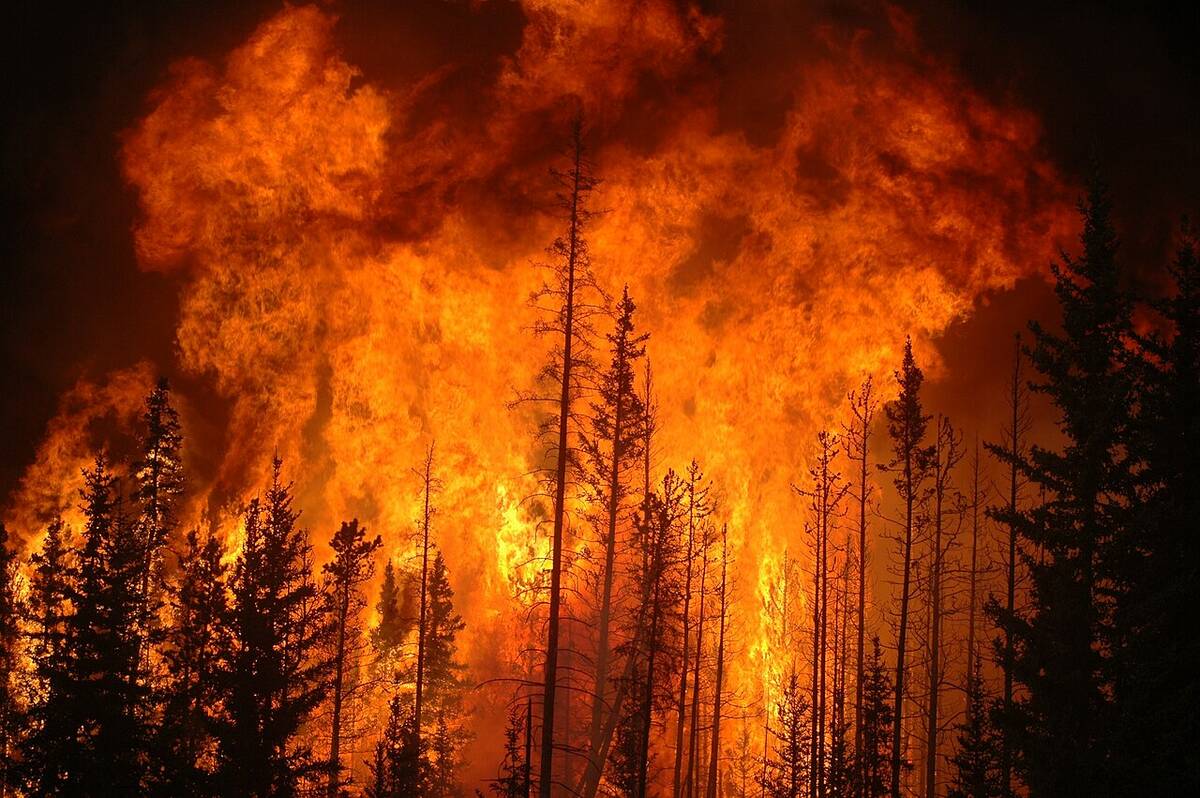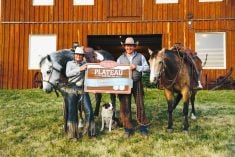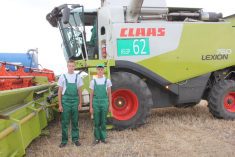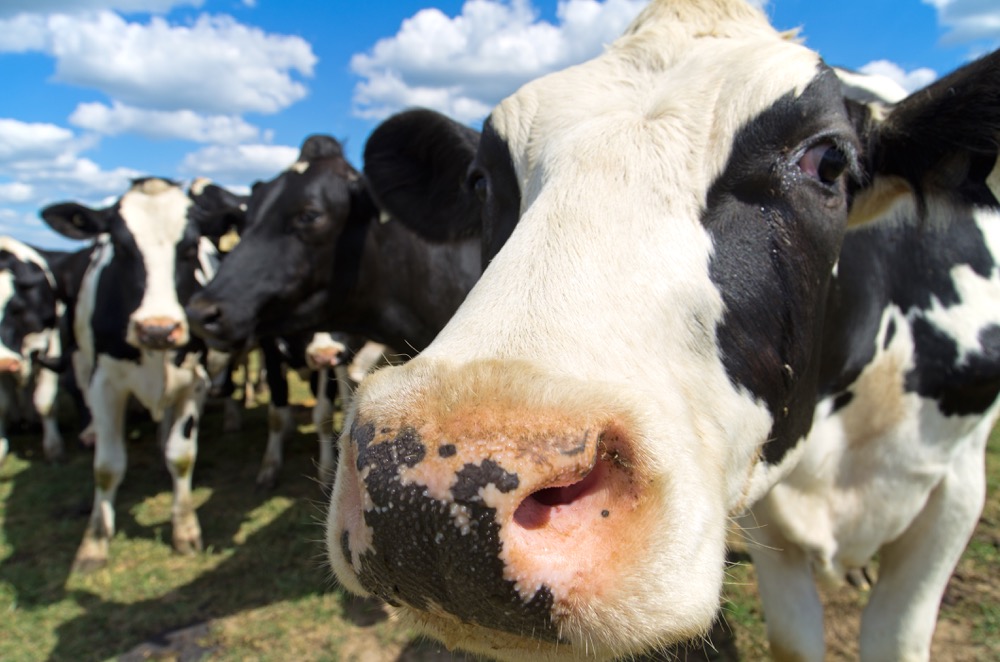General Motors declared bankruptcy in June of 2009 after steadily losing money since 2005.
GM’s plight has become a case study and is often used in education programs for directors on boards, but it also holds a lesson for farmers.
During the time of its decline, GM was scrambling to produce a vehicle for everyone and play catch-up to competitors. There were many layers that led to the final outcome, but as I participated in the discussion of this case, I thought about the chassis on the original GM vehicles and how I appreciated this in their cars and trucks. For me, a small part of the solution was going back to what made GM so popular for so long and re-examining the future potential.
Read Also

YEAR IN REVIEW: 2025 a year of weather extremes
Wildfires, drought and flash floods, oh my! Looking back at 2025’s headline-grabbing event in Canada and around the world.
I see a parallel here when we discuss pasture health and rotational grazing.
The farm can get caught up in designer cows or even systems, but it all comes back to the care of the soil — the chassis on which everything rides. A solid foundation is the key to resilience.
This past year has offered a prime example.
This summer, I attended a field day held by the West Central Forage Association and the host farmer made this statement while standing on his well-managed but drought-stricken pastures: “I have more moisture in the ground than I have had rainfall.”
This spoke to me. The fact that the land held strong in the face of tremendous drought spoke volumes to the need for rotational grazing and regenerative practices.
Not only was the soil holding on to all the moisture that it could, but the plants were still sequestering even though less than an inch of rain had fallen in the previous month. The diversity of plants in the pasture contributed to cooling and to different root depths and roles, including the fixation of nitrogen.
Keeping the soil cool is the secret to kick-starting a biodiverse system. As economies struggle, decisions are often made to remove trees and plants or even topsoil. The cost is evident in this record dry year with accompanying fires and crop failures. What happens in the city affects farms, too, and as the Earth is exposed from clearing and erosion, it becomes hot and sterile. The outcome is biodiversity bankruptcy.
Biodiversity is absent when there is no opportunity for life-forming activity, which we strive to see in every spoonful of soil. We look for a cool spadeful of worms, microbes, tilth and decay. And we can see signals that a struggle is ahead — such as a hardpan that the water cannot seep through and roots cannot penetrate. It is important to observe and measure if the soil is hot or cool, saturated or exposed, and to know the nutritional profile.
These measurables are important as is the design of the pasture.
Are there extensive rest periods designed in the pasture management where the stock is moved before taking the plant below the crown? Is there a variety of plants that offer different characteristics such as root depth, drought tolerance, flood tolerance or the capability to survive a light frost?
Although there are no hard and fast answers for each farm and each field is different, there are a host of opportunities to create resilient systems that survive under intense pressure.
I think of those areas such as New Zealand which is home to 50,000 farms, of which the majority are on two small islands. On those farms are 58 million sheep, 3.9 million head of beef cattle and 6.4 million head of dairy cattle — all of which are grass fed and pasture raised.
Let’s compare those numbers to Canada’s (which is 37 times larger than New Zealand in terms of land area). We have 970,000 head of dairy cattle, 3.5 million head of beef cows and one million head of sheep on 193,000 farms. The climate differs of course, but the point is that you simply could not carry that degree of production on such a small land base without managing pastures.
Many of the plants grown in rotation in places such as New Zealand are now found in Canadian pastures — plants such as turnip, radish, sorghum, sunflower, vetch, chicory and other brassicas. And though these were not historically grown in traditional pastures, the combinations have been found to be life-saving in terms of cattle nutrition and in building diversity in the soil, sequestering carbon and maintaining moisture. Well-managed pastures can also be swath grazed, leading to year-round feed availability that puts the manure on the ground where it is needed.
We don’t need to bankrupt our pastures.
Choosing to build a rotational system that incorporates diversity in plants and managing those pastures so the plants can continue to grow and sequester is the best insurance and mitigates the risk of losing the beautiful diversity that pastures bring to our economic and natural world.
It is every generation’s responsibility to build, enhance and protect soil — the chassis on which our future rides.
















